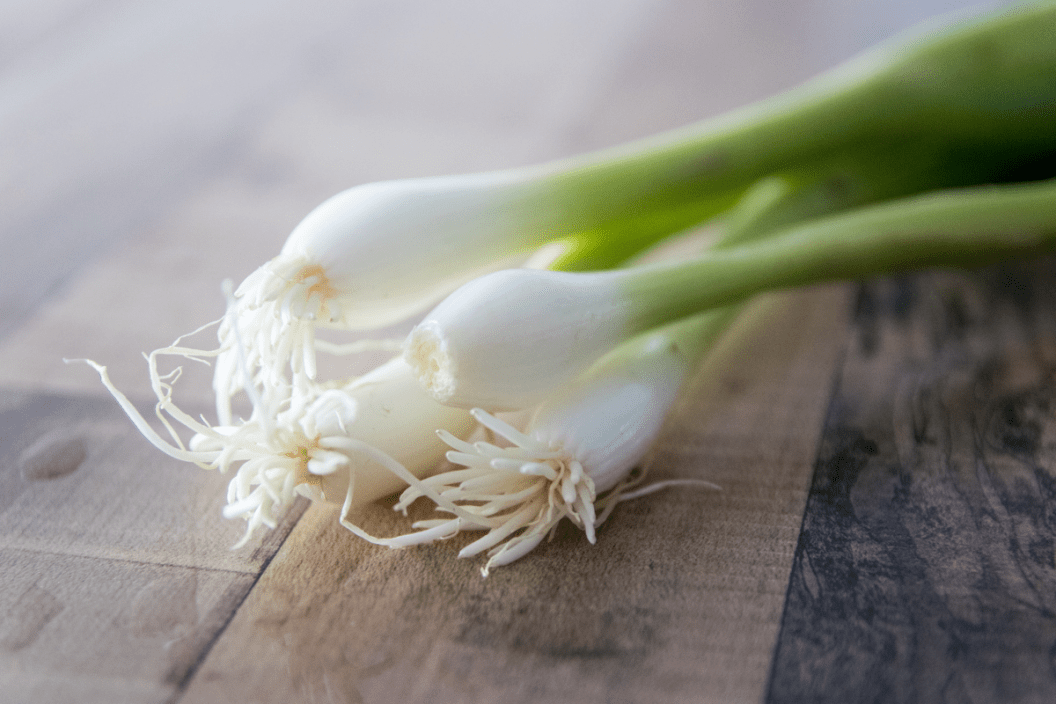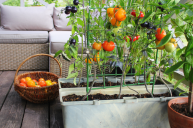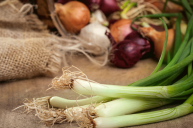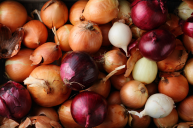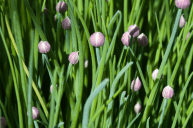I use a lot of fresh veggies in my cooking, so I'm always looking for helpful tips in keeping vegetables at their best for long periods of time. One of the best tricks I ever learned was how to regrow green onions from the grocery store by keeping them in water or planting the white bulbs. Growing green onions is easier than it seems, and can save you a lot of money in the long run.
The Difference Between Green Onions and Scallions
Green onions are often used interchangeably with spring onions and scallions, but they're actually different plants. Green onions (Allium cepa) are harvested when they have very small bulbs. The green tops are great for eating and are used in a wide range of dishes from soups to spring rolls and stir-fries. Spring onions are Allium cepa onions also but are harvested when the bulb is a little bigger, around the size of a nickel. The leaves are edible but not as tasty as they grow and get less tender. Scallions (Allium fistulosum) are also known as bunching onions and are clump-forming onions that have very thin bulbs. Both the leaves and the bulbs are good for eating and are often more tender and mild than spring and green onions.
Growing Green Onions From Scraps
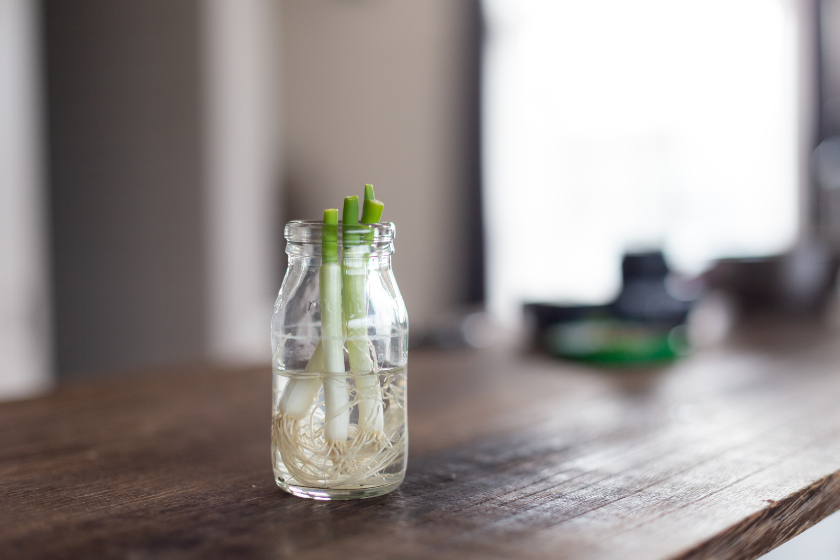
Regrowing green onions in water saves money, time, and reduces waste. You can regrow green onions in water around 3-5 times per bulb. Simply snip the onion down to the white bulb and put the bulb roots down into water on a sunny windowsill and the shallow roots will keep growing.
I keep mine in repurposed salt containers and really love the way they look, but you can keep them in any glass container. I recommend using glass so that you can see the roots and make sure they are kept clean. The green onion sprouts add such a nice happy green to your kitchen.
It's so easy to regrow green onions that it will make anyone feel like they have a green thumb as the new growth pops up quickly, within days. To avoid root rot in the water method, change the water out every week and keep the root ends clean. You can also store all three types of onions in water when they're fully grown and fresh from the store, and it will keep them fresher longer than in the refrigerator.
How To Transplant Green Onions Into Your Garden
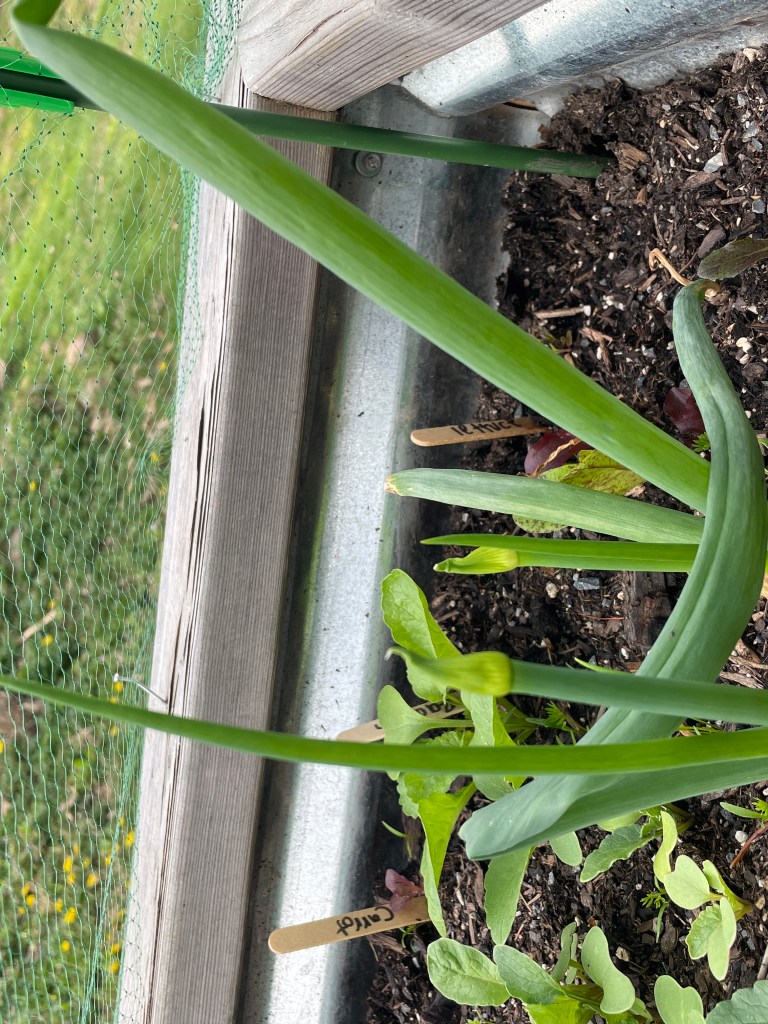
Lyndsay Cordell
After a couple of uses, the green onions will begin to weaken and get slimy, as they are young and fresh. At this point, you can transplant them into your garden. Just place the onion bulbs when the shoots are about 4-5 inches long in full sun in moist soil and before long, you'll have fresh green stalks and sprouts popping up out of the ground. This is also great for container gardening with potting soil if you have limited space.
When you plant onions in the ground, you're setting yourself up for a continual harvest of them. You can keep cutting the green tips all the way to the ground, and the onions will then grow from the cut end. If your onion plants eventually flower, you can also use the blossoms in salads.
Growing onions in the garden takes more work and care, but they last longer and will be stronger plants in the long run. Plus, you will never run out of fresh onions, and delicious green onions don't keep well when frozen or refrigerated, so they're best fresh out of the garden. And who doesn't love fewer trips to the grocery store too?
Green onions are frost tolerant and depending on where you live, the bulbs often will survive the winter and pop back up in the spring, and keep growing through the growing season. They're a great addition to any vegetable garden, as they come up early and add some much-needed nutrients in early spring. So don't throw away those onion scraps if you want to have fresh onion garnishes most of the year! It's amazing to me what we can do with kitchen scraps with just a change of perspective and a little know-how.
